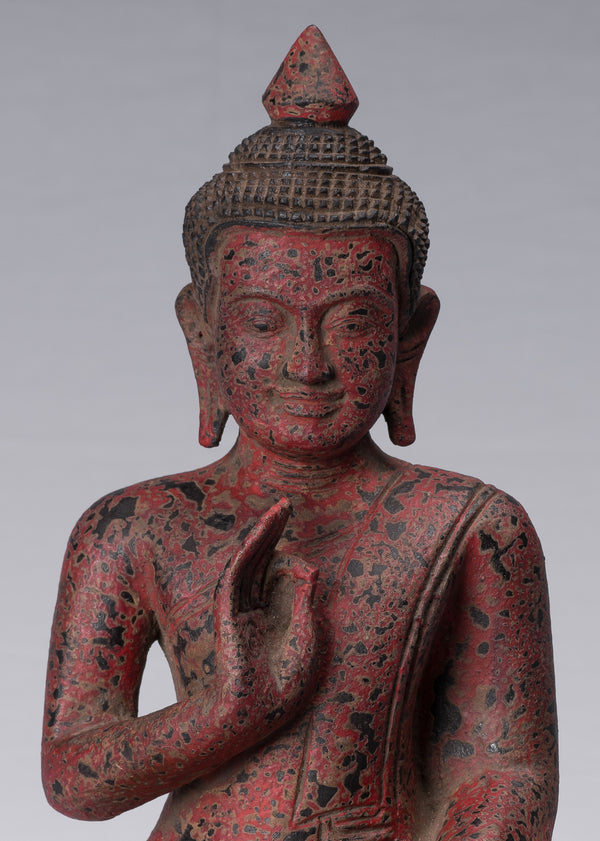Latest News - MIndfulness
Anatta is not merely a philosophical idea but a practical insight with profound implications for how we live and relate to the world.
By understanding and embracing the concept of non-self, we can free ourselves from the constraints of ego, reduce suffering, and cultivate a deeper connection with all beings.
Buddhism’s approach to the question of God reflects its practical and experiential focus.
Rather than seeking answers to metaphysical questions, Buddhism encourages individuals to explore the nature of reality and the causes of suffering through personal practice and insight.
In Buddhism, enlightenment is the pinnacle of spiritual achievement—a state of profound peace, insight, and liberation.
It is not an abstract or unattainable goal but a transformative process that offers profound benefits at every stage of the journey.
Buddhism does not teach that life is only suffering.
Instead, it provides a comprehensive understanding of the human condition, acknowledging suffering while offering a clear path to transcend it.
Buddhists do not reject the world but seek to engage with it wisely and compassionately.
The teachings of the Buddha provide tools to navigate life’s complexities while reducing suffering for oneself and others.
The goal of Buddhism—freedom from suffering and the attainment of enlightenment—is both profound and practical.
Through the teachings of the Four Noble Truths, the Eightfold Path, and the practice of meditation, Buddhism offers a transformative path to clarity, compassion, and ultimate liberation.
Buddhism offers profound wisdom for enhancing both focus and meditation, providing timeless techniques for navigating the complexities of modern life.
Whether through mindfulness, ethical living, or dedicated meditation practice, the Buddhist path invites us to cultivate a mind that is both steady and open.
The Buddhist principle of impermanence is not just a philosophical concept; it’s a transformative insight that has the power to shift the way we relate to the world.
By understanding that everything is temporary and in constant change, we can learn to release our attachments, reduce our suffering, and live with more wisdom, compassion, and peace.










